Ayahuasca and San Pedro Ceremonies: One Year Later
This blog reflects on my first experiences with Plant Medicine, specifically Ayahuasca and San Pedro, during a six-day program. Though I documented the details shortly after returning home, it took me a full year to truly absorb and process the impact of those ceremonies. It’s important to note that these plant medicines are illegal in many countries, including the U.S., despite being legal and deeply valued as traditional practices in parts of South America. As you read, please keep this in mind and approach the topic with caution and respect for the laws in your own country.
Preparation
I felt a strong pull toward Ayahuasca, as if the medicine was calling me. My curiosity grew so strong that I researched extensively and found a retreat center in Ecuador that accepted participants taking high blood pressure medication. I also inquired about other medications and received a response after a few days, indicating that it would be fine as long as I stopped taking SNRI/SSRI. To be cautious, I continued looking into other centers while tapering off my SNRI medication and starting the recommended dietary restrictions. There were plenty of websites outlining how to follow the diet. For the stricter “Dieta”, I had to cut out coffee, spices, and even salt.
During the first couple of weeks, my swelling decreased, and I felt better overall. However, I began to develop symptoms of hyponatremia, such as headaches and worsened (low) blood pressure. I also started experiencing withdrawal symptoms from the SNRI, which I had been taking in small doses for fibromyalgia. This led to anxiety attacks and chest pressure, prompting me to visit both my primary doctor and a cardiologist, though they found nothing wrong. In the end, this process seemed to be a way of confirming my body’s readiness for plant medicine. I slowly reintroduced salt into my diet, which helped ease my anxiety slightly, allowing me to push forward.
Day1
NY to Cuenca
I left home at 5 a.m. for an early flight from NY, with plans to arrive in Cuenca by 9 p.m. after connecting through Miami and Quito. Unfortunately, heavy rain in Miami delayed my flight by nearly two hours, causing me to miss my connection to Cuenca. To my surprise, LATAM provided a five-star hotel in Quito. By the time I arrived at the hotel, it was 11 p.m., with a 3 a.m. lobby call for my next flight. I skipped dinner, ordered a lemonade, took a quick shower, and went straight to bed.
The 5 a.m. flight had me seated in the third row, with an impressively clean first-class bathroom. I finally arrived in Cuenca after chatting with an Ecuadorian girl who had also missed her flight. Over the past day, I had met several other travelers in the same situation, and we exchanged stories about our journeys. This is what travel is all about. Cuenca is a well-known destination for American retirees. After arriving, I checked into the four-star hotel I had originally booked. Ecuador is very solo-traveler-friendly, and it’s rare to find a country that offers single occupancy rates! The taxis here use meters, which is reassuring.
I arrived at the hotel before 7 a.m., and after notifying them in advance, they kindly allowed me to check in early. The hotel’s highlight is its restaurant, and breakfast was excellent. However, due to my Ayahuasca dietary restrictions, I couldn’t finish my meal. With check-out at 12 p.m., I squeezed in a nap for a few hours. Since the retreat center’s car was scheduled to pick me up at the airport at 5 p.m., I had time to explore Cuenca. The city reminded me of Cusco in Peru, but it was hotter. I bought a SIM card, visited two museums, wandered around the market, and bought a poncho. Although I lightly negotiated the price down to $20, I knew it could’ve been cheaper. Negotiating has become more tiresome with age, and I’ve come to accept the occasional markup. Though the cathedral was closed on Saturdays, I felt my sightseeing was almost complete. Finally, I took a taxi back to the airport to meet the retreat center’s car.
Arrival at the Retreat Center
I arrived at the airport a little before 5 p.m., though the pick-up car was about 30 minutes late. I shared the hour-long drive to the center with a Black American couple in their 30s. The Andes Mountains were as breathtaking as I remembered from my previous visit.
Upon arrival at the retreat center, several staff members warmly greeted us. Many people come here for mental health treatment, so the atmosphere was sensitive and welcoming. I was shown to my room and given a brief tour of the facility by Ms. K, a volunteer. Along the way, I handed over the souvenirs I had brought, which they had requested since logistics in Ecuador can be challenging. After dinner, I settled into my room for the night. There was no TV, but the room was well-equipped with ample storage. Despite it being August, the nights were cold, so I wore a fleece to bed along with the thick blankets they provided.
Day 2
Breakfast and Yoga Class
Breakfast was served between 8 and 10 a.m., much like a hotel breakfast. The spread included egg dishes, oatmeal, fruits, toast with butter, and more. The center’s dietary restrictions were lenient, allowing for butter and coffee, though yogurt wasn’t available. After a light meal, I headed to the 10 a.m. yoga class.

The instructor, Ms. J, was an Australian who had been volunteering across South America for several months. Her next stop was Cusco, Peru. I later learned that her airfare had cost $3,500, so she planned to stay as long as possible. That made sense. Joining the class were Mr. B, also from Australia, and Mr. W from Colorado. This was my first in-person yoga class since COVID-19, and I was surprised at how stiff my body had become.
Limpias (Shamanic Cleansing)
After yoga, I went for the Limpias, a traditional individual shamanic cleansing that I had signed up for in advance. I brought the required gifts for the shaman—a bundle of dried sage and a set of crystals, selected from a list that had been emailed to me beforehand—and headed to the temple. Shaman F was young but exuded a calm and composed energy.
As I arrived, a spider appeared from a vessel on the altar. They say spiders are messengers. The ceremony began promptly. I was bathed in tobacco smoke and cleansed with what I assumed was holy water from a perfume bottle. According to his chakra diagnosis, my mind was restless, my heart was rigid, and my womb was cold. The tarot cards I drew were the Devil and Death. About five minutes into the ceremony, I began to feel chest pain. Shaman F reassured me that this was my heart preparing to receive love. It made sense. After the cleansing, I followed his guidance, taking a hot shower with my hands clasped above my head, and then drank a mix of chamomile tea with sea salt and honey as instructed.
Orientation
After a light lunch, the five newcomers, including myself, were given a tour of the large property by Mr. C, a volunteer. Once the tour concluded, we began the orientation, albeit later than scheduled. We were given a list of rules and asked to sign a consent form, which thankfully did not include anything about emergencies or death—something that came as a relief.
While everyone had questions, I may have asked more than most. Ms. W, one of the staff members, seemed to think I was probing “too much, too deep.” She explained that it was impossible to overdose on Ayahuasca, but her tone had shifted as if she was annoyed by my inquiries. We were running late for the meditation workshop, and Shaman F seemed willing to shorten the session. When I suggested doing it in five minutes, Ms. W made a sarcastic remark, saying it would only be for me. Her unexpected response revealed a darker side of her, leaving me unsettled. I returned to my room afterward to prepare for the Ayahuasca ceremony.
The center’s hills and stairs quickly left me short of breath, especially since the elevation was even higher than Cuenca’s 2,550 meters. Although I had been advised to stop taking my altitude sickness medication, arriving a day early didn’t help with acclimatization. After drinking a mix of chamomile tea with sea salt and honey, which had been suggested after Limpias, I noticed my usually stable blood pressure readings had spiked. Realizing the salt was the culprit, I hurriedly took my blood pressure medication just 30 minutes before the ceremony. My heart rate increased, and I could feel my pulse pounding. I drank plenty of water and bundled up before heading to the Maloca, a five to eight-minute walk from the accommodations, for the ceremony.
Ayahuasca Ceremony 1
As I stepped into the Moloca, uncertainty hit me—where to sit, which way to walk for the restroom? Ms. W, ever watchful, exchanged glances with someone else, her disapproval palpable. I had had enough of that energy. But then, like a breeze in the Andes, Ms. K, a volunteer, sensed my unease. With genuine warmth, she guided me, effortlessly turning my frustration into gratitude. It was a perfect shift.
The shaman N, originally from the Ecuadorian jungle, had been drinking Ayahuasca since the age of five. His ceremonies were described as having a masculine energy. The ritual team included the shaman, individuals responsible for singing and playing instruments, and a few firekeepers. The first hour was devoted to prayer. After the shaman spoke in Spanish, the firekeeper, who also acted as an interpreter, translated it into English.
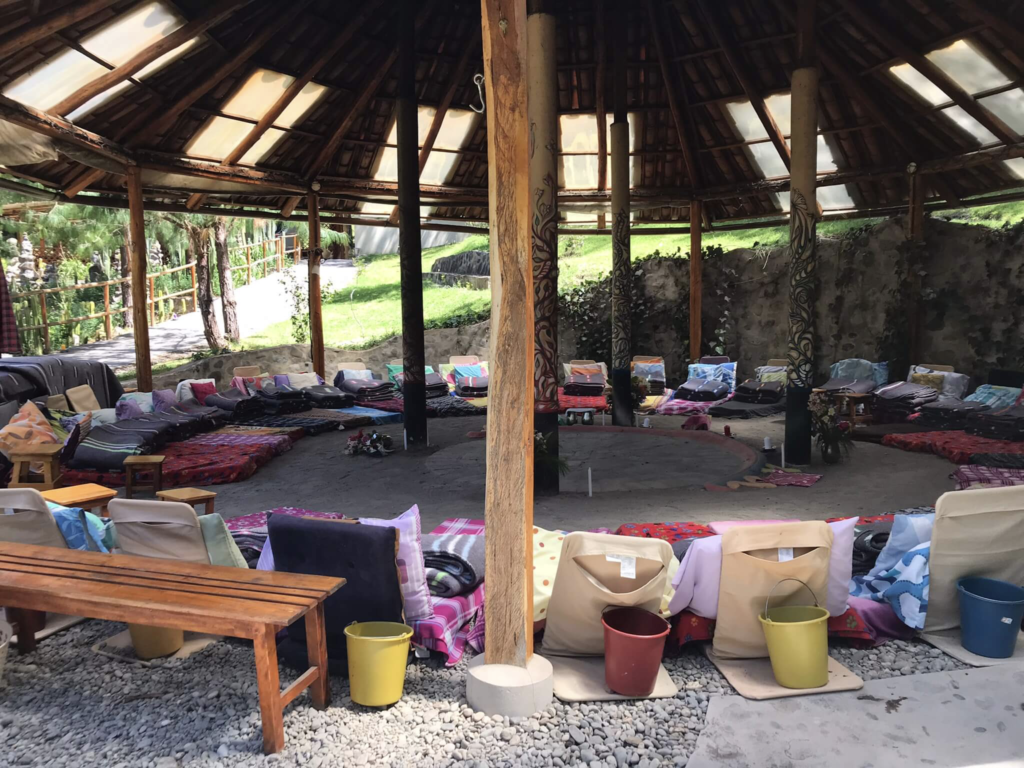
Brown tobacco water was then passed around, and we were instructed to inhale it through our noses for cleansing. Tobacco is considered the oldest medicine by Native Americans. The ceremony continued with additional cleansing using smoke. We were given tobacco scraps to infuse with our intentions, which we later offered to the fire after greeting the gods of the east, west, north, south, heaven, and earth.
Finally, it was time for Ayahuasca. The cup was smaller than a shot glass, and some participants were already coughing from its bitter taste. When it was my turn, I requested half the usual amount. The taste wasn’t as bad as I had anticipated; it was similar to concentrated medicine. Shortly after, I was handed a small white cube, which I ate without knowing what it was—it turned out to be a piece of apple to cleanse the palate. Returning to my seat, I felt slight nausea, but it wasn’t strong enough to make me vomit. The medicine still felt sticky on my hands.
As mentioned earlier, I was moved by a small act of kindness from Ms. K, one of the volunteers just before the ceremony began. Ayahuasca amplifies emotions, and I couldn’t stop feeling grateful to her, to the point of shedding tears of joy. I even asked Mama Ayahuasca to bless her with happiness. This experience led me to reflect on first impressions, the criteria we use to judge others, and my own lack of insight.
Suddenly, I became aware of Mr. T, who was sitting next to me. He was a well-built Black man who had just turned 40 and had traveled with me from the airport to the center. His striking resemblance to my late friend Michael from my time in Canada, who passed away at 40, was undeniable. Memories of Michael flooded back, filling me with gratitude. Although I never got the chance to reunite with Michael, I felt as though my gratitude was reaching him across time and space. Remembering those days in Canada brought back a mix of difficult and cherished memories.
Eventually, the shaman’s songs began, and about an hour later, it was time for the second round of Ayahuasca. Once again, I opted for half the amount.
I decided to skip the third round of Ayahuasca. Although I felt nauseous, I couldn’t vomit, and it seemed my body was more inclined to detox through other means. However, on the way back from the restroom, I managed to vomit once. A volunteer accompanied me to the restroom to support me, as the medicine can make it difficult to walk. For the rest of the ceremony, I battled sleepiness. I thought that if I could fall asleep, I might see something in my dreams, but sleep eluded me. I spent several hours alternating between lying down and sitting up. The orange fire helped me focus on meditation, and I spent a good while gazing at it. When I closed my eyes, I saw blue lights scattered across my vision. At the time, I didn’t understand what they meant, but a few days later, Mr. A, a firekeeper and shaman apprentice, explained that they were light spirits, watching over us.
During the ceremony, no other liquids besides Ayahuasca were allowed. After the ceremony, a light meal of soup and fruit was provided. Mr. T was still vomiting. I ate a little and then returned to my room, but I didn’t have the energy or strength to take a shower. I finally went to bed at 4 a.m.
Day3
Ayahuasca Ceremony 2
Before the ceremony, I noticed a group of people on the same floor preparing for the ritual, all dressed in matching white ceremonial attire. They seemed to be staying in a room across the hallway during the retreat. Their sacred white clothing made them appear almost like spirits or fairies as they walked toward the Maloca on the small hills of the Andes. The wind moved their garments elegantly, and I was delighted to see that the accent color of their costumes was Capri blue—the exact shade of my poncho.

Shaman T, a Brazilian known for his ceremonies that blend singing and dancing with a more feminine energy, was said to have inherited the spirit of his medicine from his master, symbolized by a butterfly. True to this imagery, the singer accompanying the ceremony was a woman. Shaman T, who is also a yoga instructor, incorporated light stretching exercises before the ceremony began. The way we greeted the deities differed slightly from the previous ceremony, reflecting the diverse traditions within Ayahuasca practices. However, the use of fire, a hallmark of Ecuadorian rituals, remained unchanged. This time, the interpreter was Shaman F, who had also guided me through my shamanic cleansing.
This ceremony included the use of Rapé, a snuff tobacco that is said to activate the third eye and have detoxifying effects. The shaman filled the end of a blowpipe-like instrument with powder, and participants were instructed to place the end of the pipe in their noses. The smell of the powder was so strong that I sneezed even before the shaman blew it into my nostrils. The intense pain as the powder hit the back of my nose gradually subsided as I got used to it.
We were again given tobacco to infuse with our intentions and then offered it to the fire. I also asked Mama Ayahuasca to be gentle with me, hoping to avoid an overwhelming experience.
The shaman’s plan was for everyone to drink Ayahuasca from the same communal cup, with each person receiving a full portion unless they made a special request. He reassured us that, although the cup was large, the brew was diluted, so there was no need for concern. When my turn came, I intended to drink a full cup, but the shaman handed me a smaller one instead. For a moment, I felt thrown off, but then I remembered my earlier request to Mama Ayahuasca. Perhaps the shaman sensed this. After drinking the half-cup, I returned to my seat, unable to stop smiling. The happiness had already begun before I drank, and the medicine amplified these emotions. I felt incredibly fortunate to be part of the ceremony, surrounded by kind staff and participants, and tears of joy welled up in my eyes. What I had anticipated as a terrifying experience with the medicine turned into a “Happy Medicine” session, and I felt as though Mama Ayahuasca was telling me, “A small amount is enough for you.” Many participants say that Mama Ayahuasca communicates the right dosage to each person.
As the medicine began to take effect, I was hit with nausea, and smoke from the firekeeper’s tobacco, which was being smoked throughout the ceremony, continually blew into my face. Being outdoors, the wind shifted the smoke’s direction, often toward me. My vision started to blur, which made me anxious since it was my first experience of this kind. I focused on moving my fingers and body to regain control, and after repeating this for a while, I managed to stabilize both my body and soul.
The detox process, known as “purging,” typically involves vomiting, but it can also manifest as diarrhea, chills, yawning, or other symptoms, depending on the person. After vomiting, staff quickly replaced the bucket, and the contents were collectively buried. For me, the purge manifested as diarrhea rather than nausea. The rain continued to pour relentlessly, showing no sign of stopping. I yawned widely like a hippo and eagerly inhaled oxygen, which helped ease my urge to go to the bathroom. After repeating this a few times, I took the opportunity to go to the restroom when the rain lightened. As I walked back with Ms. K’s support, the medicine suddenly hit me harder, distorting my vision even more. I started hearing deep, echoing cowbell sounds randomly, which felt as though forest spirits, like those from a Ghibli movie, were appearing. This strange mix of visual disorientation and the calming sounds created an unusual but pleasant sensation. Initially, I thought I was hallucinating, but later I learned it was the sound of Ping Pong Frogs, which had come out due to the rain.
Even after returning to the Maloca, I kept needing to go to the restroom, so Ms. K and I sat on a bench near the toilet. He advised me not to try to control my body but to let things happen naturally. Leaving the ceremony was not allowed, and it wasn’t recommended to stay outside the Maloca for long to avoid being exposed to negative energies, so I reluctantly returned to the smoky Maloca.
Remembering Mama Ayahuasca’s advice, I decided to skip the second cup. The medicine provided by Shaman T seemed magical; many participants shared incredible experiences of encountering extraterrestrials or being embraced by goddesses after just one cup. While the shaman’s Icaros (healing songs) were impressive, the voice of the female singer, R, was truly divine. She repeated simple phrases, not to show off her vocal skills, but her voice was pure and angelic, as if she was conveying messages through her singing.
As for me, my mind was filled with random images, like drill problems from elementary school, complex statistics equations, old-fashioned stores from the Showa era, and images of my young parents. Later, Shaman F explained that these images were a conversation between me and Ayahuasca. One image that stuck with me was a photograph of my younger self, smiling. It made me realize how I had been neglecting my higher self.
I also skipped the third round of Ayahuasca. After some time, the Water Ceremony began. We were given “the water of life” in metal cups. The fresh water, after several hours without it, was refreshing and permeated every part of my body. Then, we gathered around the fire, forming a circle, and began to dance while singing. Many people couldn’t stand, so they swayed their upper bodies while sitting, but eventually, almost everyone participated. I, too, managed to stand up during the second half, joining the circle that celebrated fire, water, and life with my shaky steps. Tears of happiness flowed again. I couldn’t remember the last time I cried tears of pure joy.
After the ceremony, light snacks were provided, but I barely touched them and returned to the room with Ms. M. We walked for about five minutes in the light rain, lighting our way with a phone flashlight in the pitch dark. Along the way, she tried to explain the Ping Pong Frog to me, but I couldn’t fully grasp it. She also shared part of her experience and seemed on the verge of tears. It seems her session ended on a difficult note, leaving her feeling confused. Apparently, it’s not uncommon to be left with unresolved issues that take time to work through. I had heard that one session could equate to ten years of therapy, but that seemed like an exaggeration.
After showering and washing everything away, I slept well for a few hours.
Related: The Rise of Transformational Retreats: Psychedelic Treatments
Day 4
The Rest Day – No Medicine

Day 4, a much-needed day of rest, provides a break from the plant medicine. It’s a time to reflect, relax, and allow both body and mind to recover. Participants can engage in light activities like yoga or meditation, or simply enjoy the peaceful surroundings without the influence of any medicine.
Integration
The day following each ceremony includes a meeting called “integration.” We sat in a circle and shared our experiences with all the attendees. My least favorite person, Ms. W, led the session, taking notes as everyone spoke. Despite my feelings toward her, I noticed she looked good for her age, wearing a bikini-like top to cope with the strong Andean sun. I suspected she might be writing a book about the Ayahuasca experience. As people shared, some began to cry, overwhelmed with confusion, while others sought confirmation of their experiences. Although the shaman was present at times, I couldn’t help but feel that others were missing out due to the shaman’s limited interaction. It was disheartening to see people struggling without receiving the full spiritual guidance they seemed to need.
Day 5
San Pedro Ceremony
The morning of the San Pedro ceremony started early, with a gathering at the Maloca at 8 a.m. Since I had left the previous day’s orientation early to volunteer some stuff, I was a bit unclear on the details. I had been told that it was okay to eat fruit at the center, so I quickly ate two passion fruits that were available in the kitchen. I had only ever had passion fruit in juice or jam form, so this was my first time seeing the actual fruit. The previous day, Ms. J, the yoga teacher had shown me how to eat it. I then headed to the Maloca, bringing along some tea and a water bottle.
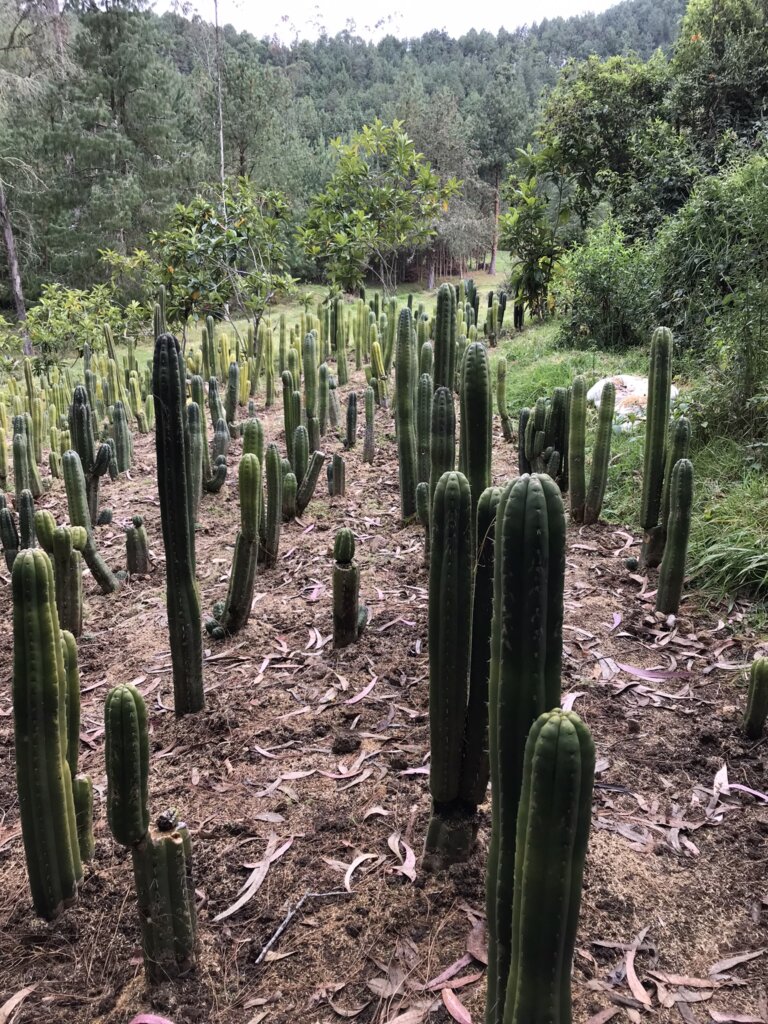
Photography inside the Maloca was strictly prohibited. Although I don’t remember everything clearly, I do recall that flowers and grains were placed on plates as offerings. Ms. E told me that if I placed one of my personal belongings on the altar during the ceremony, it would later become a protective charm, so I hurriedly placed my ring there.
Dr. C, a female shaman and the founder of the retreat, led the ceremony. Her presence, combined with her attire, exuded a strong aura, and she had a youthful, confident expression, but without any hint of arrogance. One of the participants, Mr. T, asked why she was so energetic. the shaman immediately replied, “Because I’m doing what I love.” Mr. T, who was participating for the second time, spontaneously became a Firekeeper apprentice and enjoyed working throughout the ceremony.
After greeting each other with hugs, the ceremony began. Following the prayers, we took turns cleansing our noses with brown liquid tobacco. Each participant then introduced themselves, stating their name, origin, and intention/work. My intention was “Strength.” The sharman sprinkled each of us with a shimmering powder, as if sharing her energy. Like in the Ayahuasca ceremony, we infused our intentions into the tobacco we received and offered it to the fire. Next, a bag filled with angel cards was passed around, and each person drew a card. Mine was “Purpose,” which made me realize that I was on a journey to find my purpose. There were about 15 participants, half of whom were attending for the second time, so the atmosphere was relaxed and familiar. The blend of tradition and contemporary elements kept the ceremony engaging.
We then received the San Pedro medicine. Although it wasn’t particularly tasty, it wasn’t unbearable either. It apparently takes a few hours to take effect. We each took turns drumming and singing in a clockwise circle. The song choices were interesting, and everyone joined in for the familiar ones. When it was my turn, I chose “Walking on Sunshine,” and Ms. M, who was sitting next to me, enthusiastically shouted the final line, “And I Feel Good!”
As time passed, I started to feel nauseous, but ginger tea, ginger slices, and ginger preserved in sugar were provided to help. Everyone agreed that they had never appreciated ginger as much as they did now. Although the nausea lingered for quite some time, it was nothing compared to Ayahuasca.
San Pedro is known as a medicine for the heart, bringing out stored emotions. While I had heard stories of people laughing uncontrollably, my experience was different—I felt overwhelming sadness, and I couldn’t stop crying. Ms. E, who was on Gatekeeper duty, comforted me with hugs, which only intensified my emotions, causing me to sob aloud. Although unexpected, I let myself cry, as it was all part of the medicine’s effect. Even two dogs came and sat beside me, offering their comfort. This emotional state lasted for hours, and even I was surprised by how long it went on. After the meal around 4 p.m., I started to calm down a bit.
The ceremony continued, and the shaman brought out a small rug, which she called the “Magic Carpet.” Participants would sit on it, cross the fire, and have a conversation with the shaman. Each person shared when and how they had lost their power, and the shaman offered guidance. It was a heartwarming ceremony, with moments of both laughter and tears as everyone watched each other’s interactions. After the group discussions, the shaman approached each participant individually, using a large bird feather to brush over their head and body, believed to be a way of granting energy or removing negative spirits. Then, she gently handed them a bag and asked them to choose a feather from inside. The color of the feather, corresponding to different chakras, revealed the person’s current challenge. When evening came, Ms. E signaled that it was my turn. I sat on the Magic Carpet and greeted the shaman. Crossing the fire, I found that the crackling of the flames sometimes made it hard to hear her voice. The shaman’s figure, illuminated by the fire, felt incredibly sacred, embodying the essence of shamanism. I asked her about my connections to North America, karma, and a project I had planned before the pandemic. Her advice, particularly about being at a turning point in my life and my mission, was invaluable. I learned that shamanic training enhances psychic abilities. The feather I drew was green, representing the heart chakra. My challenge was to follow my heart and do what I love.
At the end, all the volunteers and Firekeepers also sat on the Magic Carpet, and the ceremony, which had started at 8 a.m., finally concluded around 1 a.m. the next day. Despite the long hours, the shaman’s energy and focus seemed limitless. Once again, a delicious meal was served after the ceremony. Although I didn’t feel hungry during the long session, thanks to the medicine, by the end, I was famished and deeply appreciated the meal.
Day 6
Ayahuasca Ceremony 3
The final ceremony was led by the same Shaman T and his team, but this time with a new theme: “Celebration of Life.” Since it was my third ceremony, I felt more relaxed, but considering the travel the next day, I decided to request only a quarter cup of the medicine. My intention also came to me suddenly as the ceremony began, so I changed it right before the start. After greeting the energies of the six directions and receiving Rapé (snuff tobacco), I took the Ayahuasca. Once again, I was given half a cup, which I accepted.

Feeling a bit more at ease, I began to observe my surroundings. Not only the shaman, but also the singer R, the musicians, and the firekeepers—everyone on the team—were drinking Ayahuasca. I wondered if their ability to perform their tasks without issues was due to their training. I also wondered if they ever experienced hallucinations or nausea during the ceremony. My seat this time was in front of a pillar, so I couldn’t see the fire well. Without the fire to focus on during meditation, I decided to close my eyes and let the medicine take over. I tried to sense the presence of the medicine within my body. Mother Ayahuasca is said to scan the body, working on and healing areas where energy is blocked. I could indeed feel a tingling in my chest, just like in the first and second ceremonies. Though the sensation was slightly weaker this time, the energy of the medicine was undoubtedly present, and I felt deep gratitude to Mama Ayahuasca.
This time, my purge manifested as chills and shivering. Even with several thick blankets, I couldn’t stop trembling. I also felt a bit nauseous, but the Icaros and music were so soothing that I soon drifted into a dreamlike state. Knowing what to expect made the ceremony feel quicker. Unfortunately, the Icaros ended all too soon. Afterward, the shaman’s wife, who was also participating, led the Water Ceremony. Despite her youth, her words were philosophical. When it was time to dance, we gathered around the fire to celebrate life. The participants sang and danced joyfully, feeling immensely grateful. The melodies were simple enough to learn as we sang along. Even after the ceremony ended, no one seemed eager to leave. We were told it was okay to stay in the Maloca until morning, but after a light meal, I returned to my room to ensure I got some sleep.
On the way back, I looked up and saw a sky full of stars. Ms. R, who was with me, excitedly pointed out a constellation of angels, but I couldn’t see it. I simply told her, “Those angels are just for you.”
Day 7
Departure
After the ceremony, I only managed to sleep for a few hours, but I felt good. It might have been thanks to the medicine, but the air in the Andes was also exceptional. After a late breakfast, I returned to my room to do the final packing. While saying my goodbyes and taking some photos, the Brazilian shaman, upon learning that I’m Japanese, passionately explained how respected Japanese people are in Brazil. His words gave me a glimpse into the efforts of Japanese immigrants, and I felt a deep sense of gratitude. Thanks to the achievements of these pioneers, modern Japanese travelers like myself enjoy respect and benefits around the world.

Then, it was time to leave. Whether heading home or continuing their journey, everyone seemed to be in a fulfilled state of mind. Many participants extended their travels after the retreat, and I decided to visit the Galapagos Islands.
Though the ceremonies were over, my diet remained restricted for about a week, with no meat allowed. As a pescatarian, this was manageable, and I adjusted easily. I stayed for a total of seven days, including arriving a day early for the six-day program. For me, it was the perfect length of time, but with the workshops available, trying to participate in everything might make it feel busier than expected.
All 40 of us, including the staff, joined a WhatsApp group, where we continue to connect and refer to each other as family.
Reflections One Month Later
The cost of the ceremony and the flights were by no means cheap. I hesitate to use the term “cost-effective,” but in the end, I’m glad I went. I experienced Ayahuasca three times and San Pedro once, but not everything was resolved.
- Mental Stability
The anxiety attacks I struggled with during preparation have disappeared. It might have just been withdrawal symptoms, but the mood swings and anxiety have also subsided. The flashbacks that used to occur at bedtime no longer happen, and even if they seem to start, I can fall asleep without being disturbed.
- Physical Changes
In addition to the pre-retreat dietary restrictions, the high-quality meals during the retreat helped prevent overeating and improved my overall health. I must have lost at least 5 kilos by the end of the retreat. I felt both mentally and physically great. However, after returning to city life for a month, I feel like the presence of the Ayahuasca and San Pedro spirits is fading from my body, which makes me a little sad. To regain some of that balance, I’m thinking of increasing my meditation and dietary restrictions.
- Shift in Consciousness
Plant medicine seems to help you reconnect with your true self. Many people find that they can remember or reaffirm what they truly love and want to do, which may have become unclear amidst the busyness of life. Life has no inherent limitations; the only constraints are those created by our own beliefs and fears. It’s important to regain a balanced mindset and realign oneself on the path to happiness.
- The Importance of a Support System
Having a support system that accepts everything is invaluable. Usually, family and friends fill this role, but not everyone is so fortunate. The staff (former participants) and participants at the retreat center were very respectful and caring towards one another. It wasn’t uncommon to see members crying out of empathy for each other’s difficult experiences. It’s remarkable that such a group of people, so devoted to helping others, exists in this world. The members who shared this time together continue to stay in touch through a chat group. Having someone who understands you is essential for maintaining good mental health.

Insights One Year Later
One year after my journey, my thoughts have settled into a clearer perspective. I initially felt as though I was called by the Ayahuasca spirit, but looking back, I realize the powerful algorithms on YouTube and social media likely played a stronger role in drawing me in.
While plant medicine like Ayahuasca can be effective for PTSD, depression, and other psychiatric disorders, the challenge of stopping medications such as SSRIs during the preparation is significant. This makes it difficult for severely affected people to participate in such retreat programs. I often wonder what stages these individuals must navigate.
A few months after returning home, I stumbled upon alarming reviews about a death with such details at the facility. I couldn’t verify the accuracy of these claims or whether underlying medical conditions played a role. Had I seen these reviews before booking, I probably wouldn’t have gone. In hindsight, I’m relieved I didn’t read them earlier. If Ms. W’s unprofessional attitude were a way of covering up this reality, it would certainly explain a lot.
Unfortunately, the support group I was part of has since fractured due to a conflict between the owner-shaman and a former employee who had supported us during the ceremonies. The way she treated him and her attitude towards us as mere clients rather than “family” upset several members, leading them to create a new group. Communication in the original group has since dwindled.
A few months ago, I learned that the owner-shaman was diagnosed with a serious illness and had set up a crowdfunding account for treatment. I contributed anonymously, as did hundreds of others. I couldn’t help but wonder if the long-term use of tobacco played a role in her condition. Despite my mixed feelings, I sincerely wish her a full recovery.
Overall, my experience left me in a better place than before, perhaps due to weaning off my medications (not prescribed for psychiatric reasons) and a combination of other factors. However, the intensity of the ceremonies, combined with the discomfort I felt on Ayahuasca, makes me hesitant to participate in such intense rituals again, even if the opportunity arose during future travels. While I might consider trying San Pedro again in a small amount, I’m not inclined to revisit the full depth of these ceremonies. It’s also worth noting that both Ayahuasca and San Pedro are illegal in the U.S. and many other countries, although they are legal and highly valued as traditional practices in parts of South America.
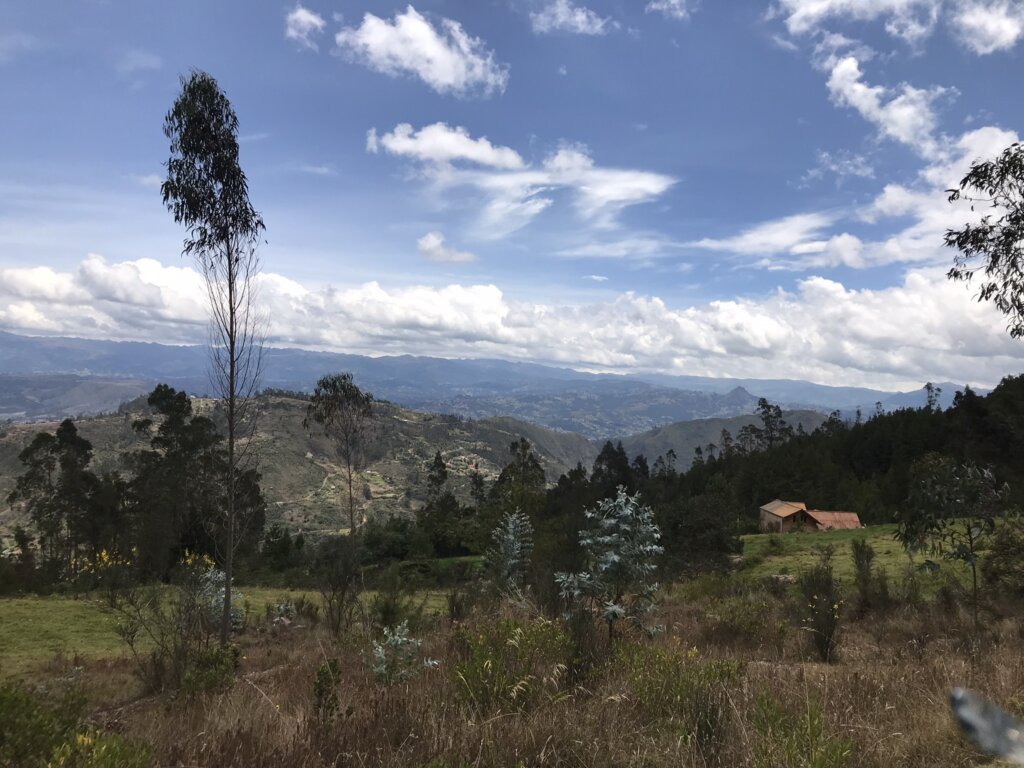

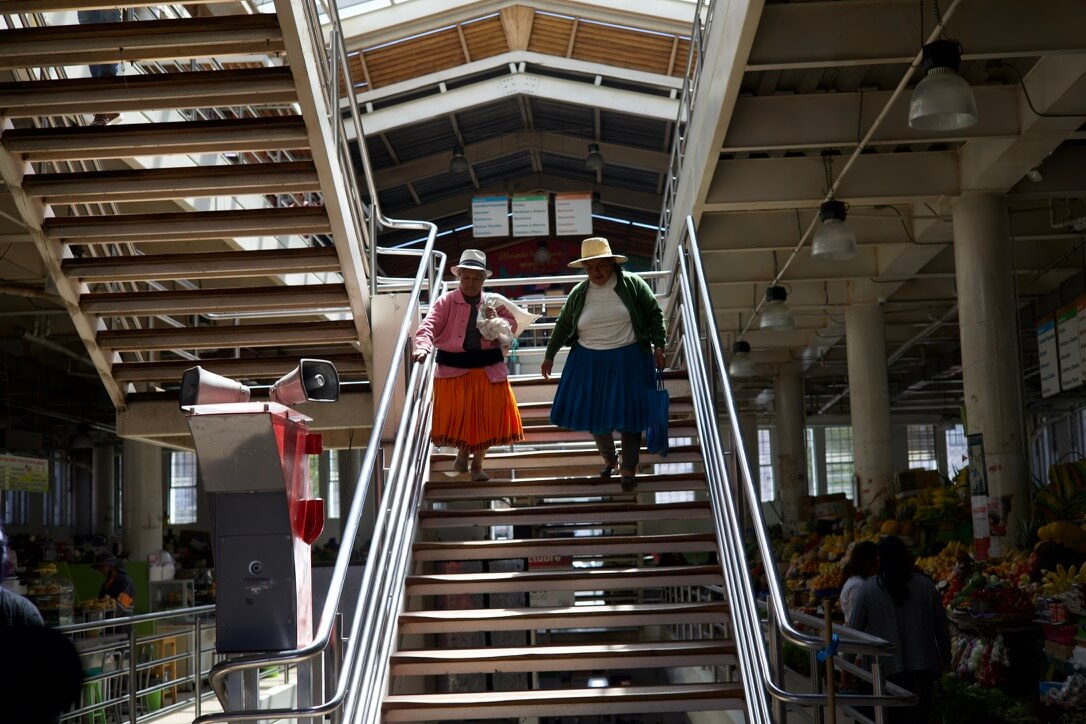

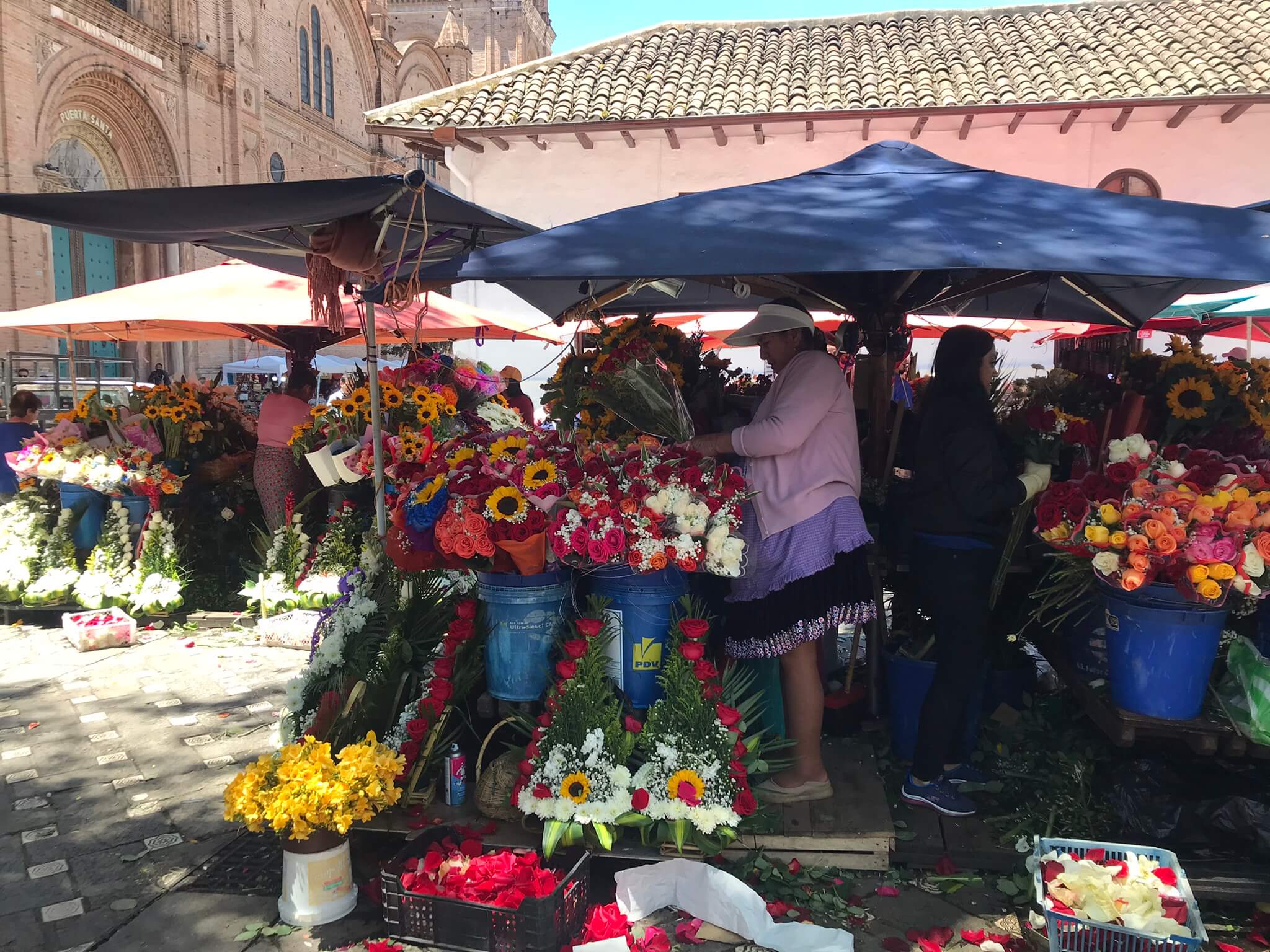

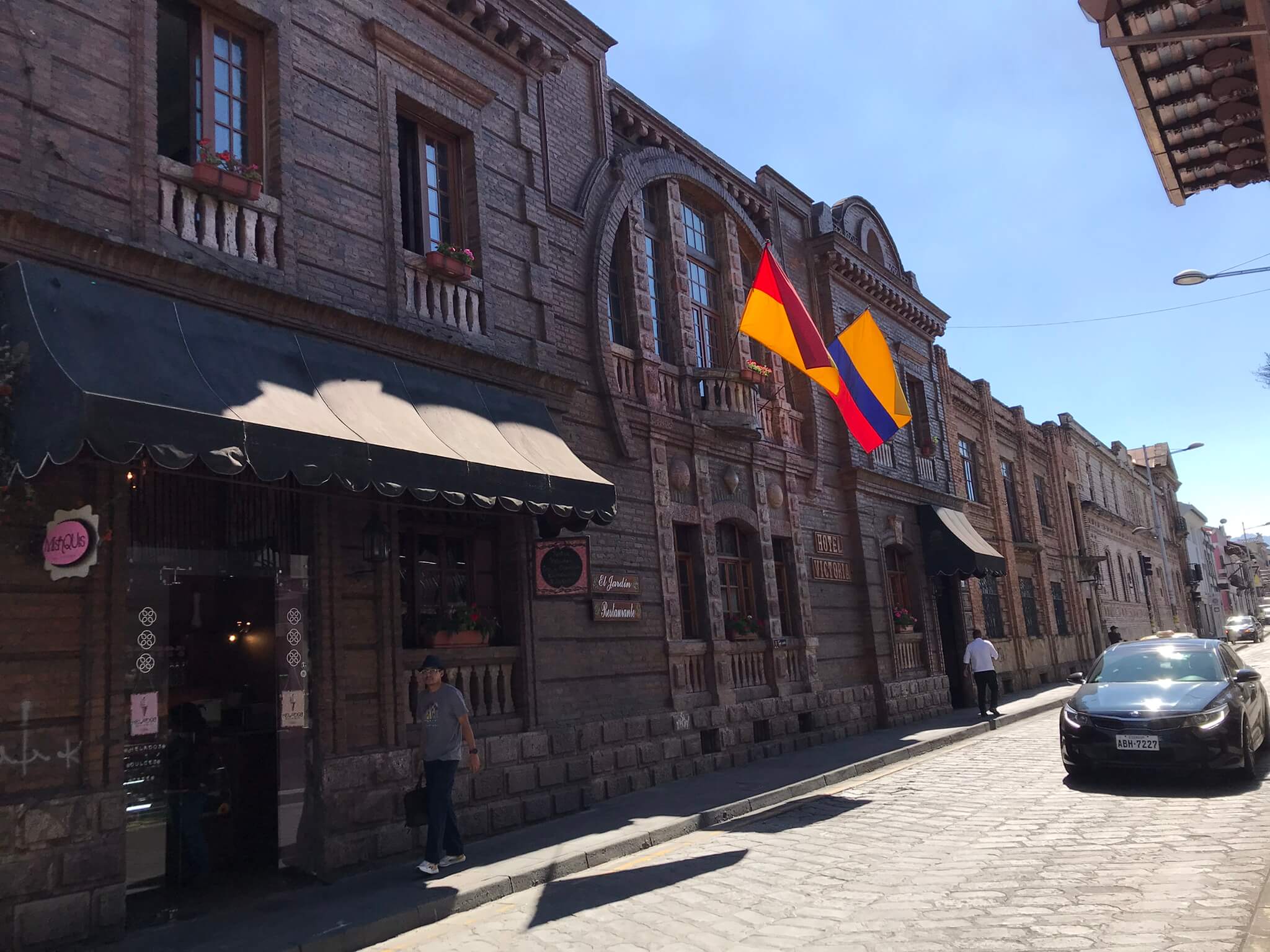
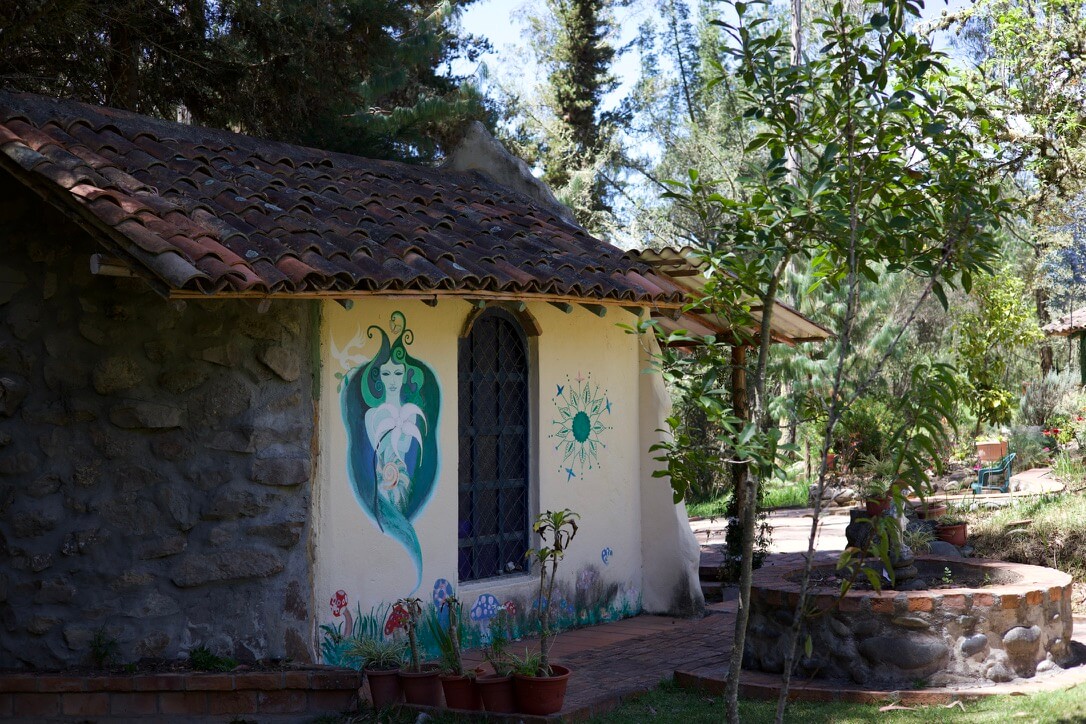

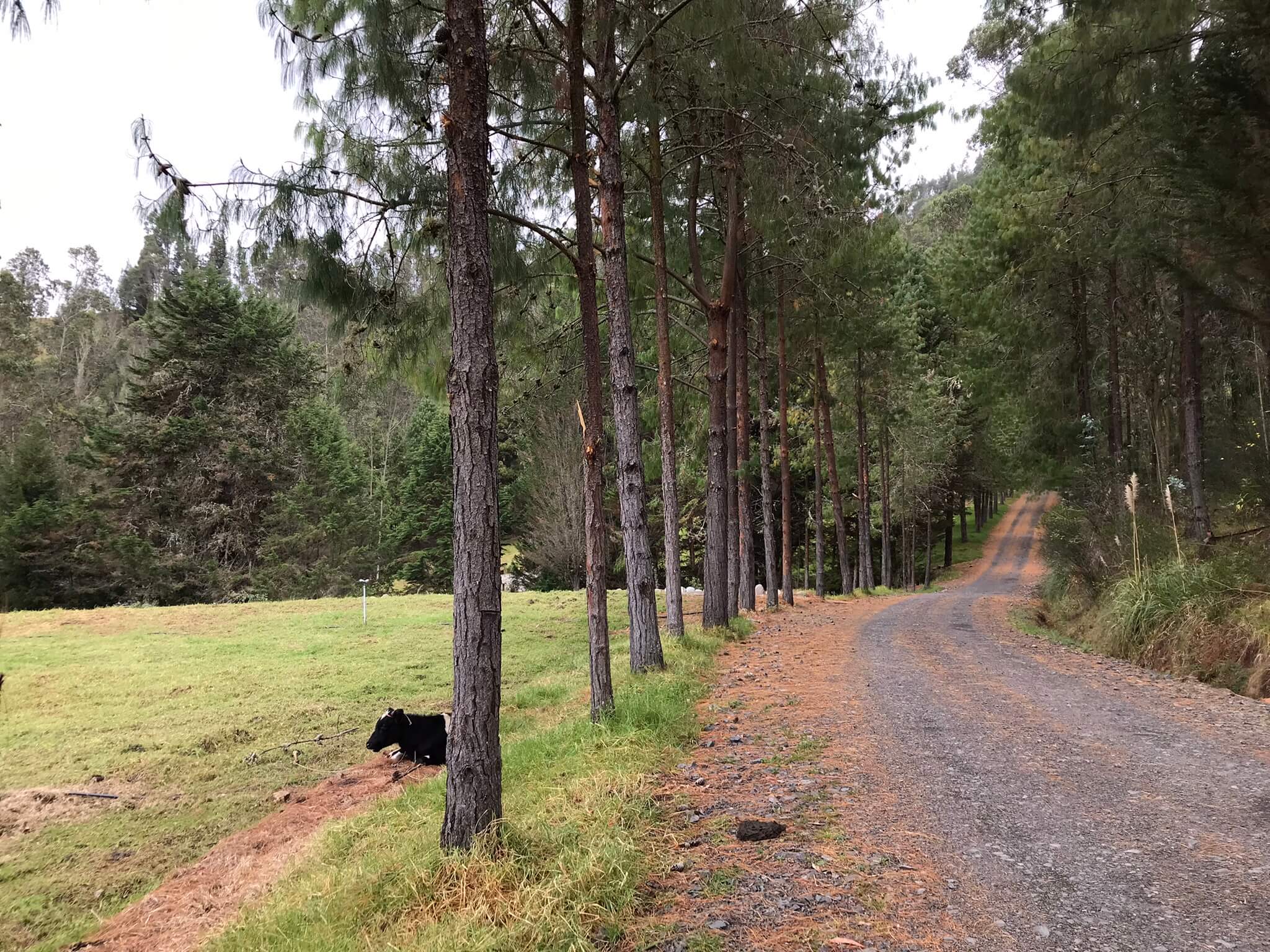

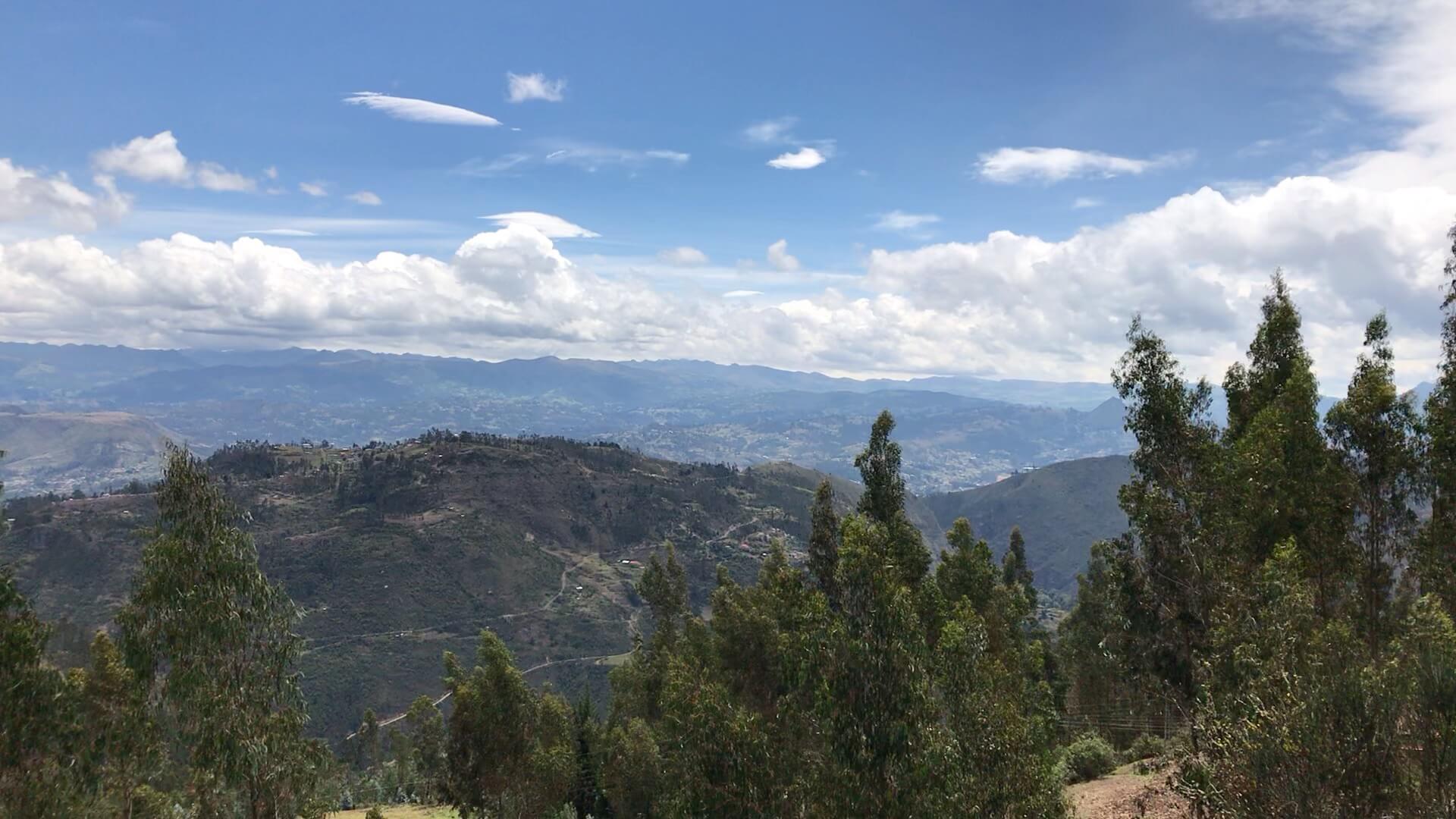

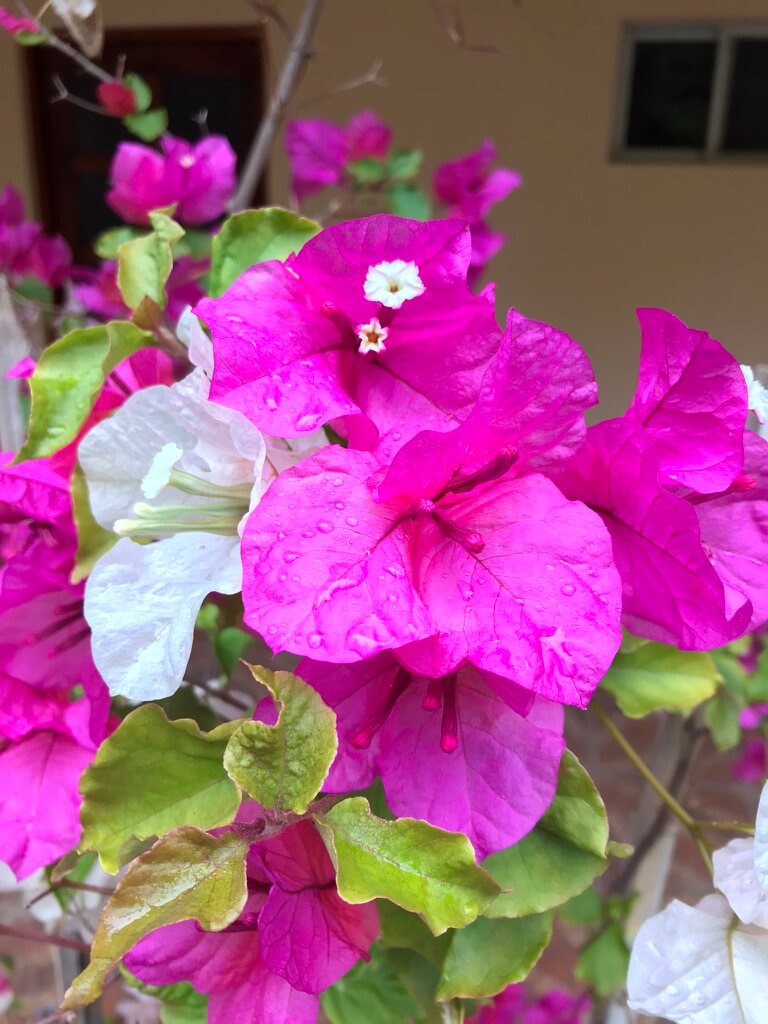
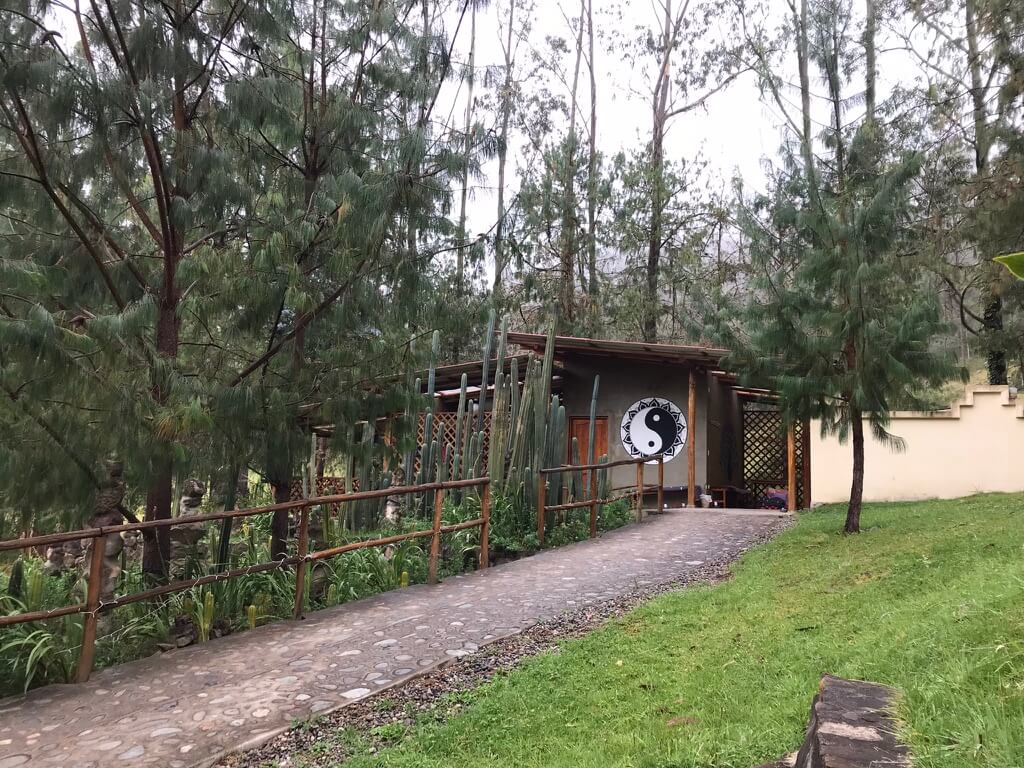
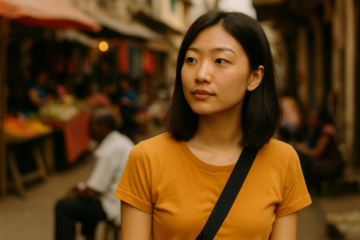

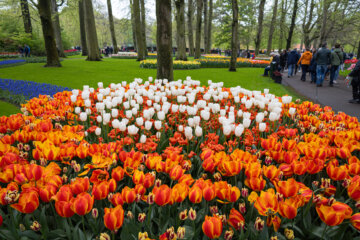

0 Comments